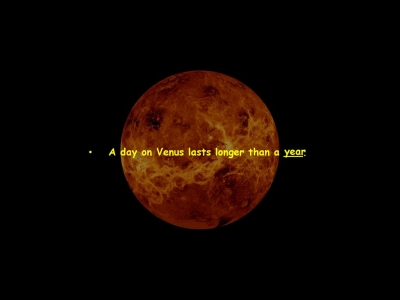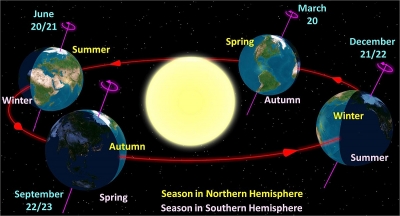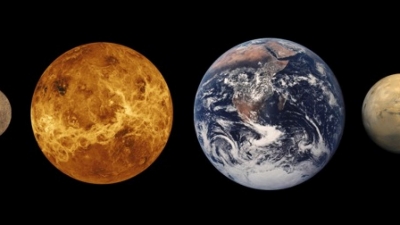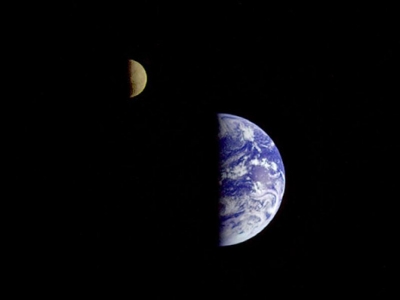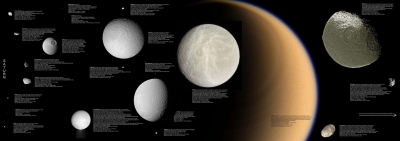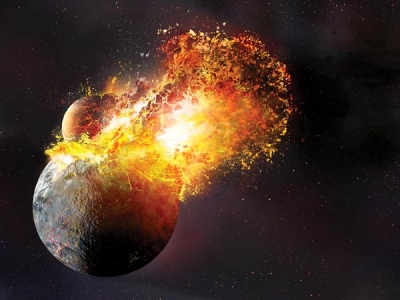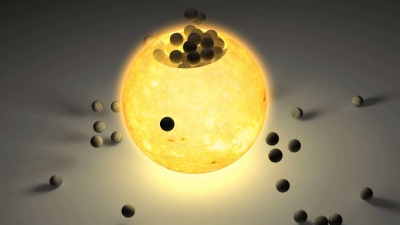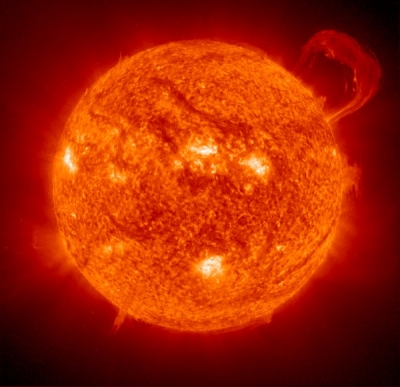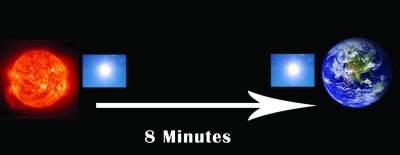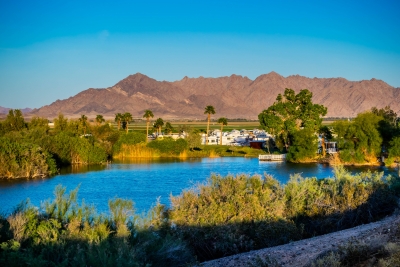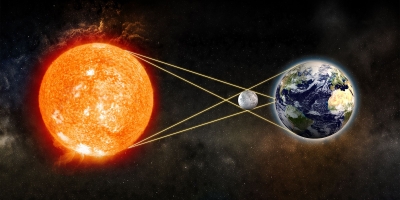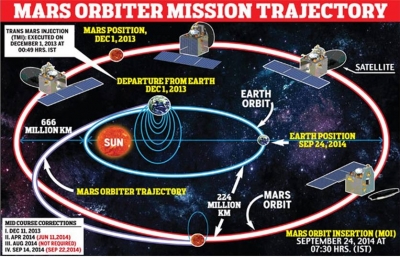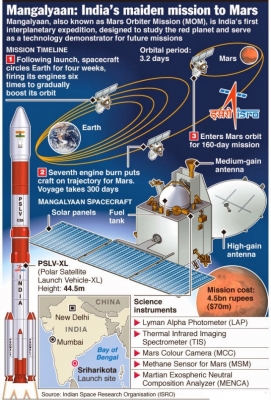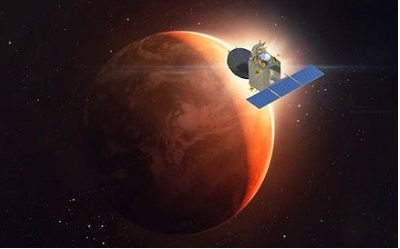Which is the hottest planet?
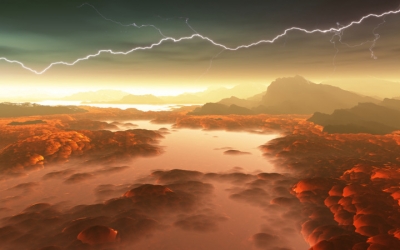
The farther you get away from the Sun, the cooler you get. So let’s take a look at those planets that sit between Earth and the Sun: Mercury and Venus.
Since Mercury sits closest to the Sun, it must be the hottest planet. Right? That only makes sense, doesn’t it? After all, Mercury receives more sunlight per square foot than any other planet in the solar system. Wrong! Venus is actually the hottest planet in the solar system.
On a hot day on Mercury, the temperature can rise to over 700 ºF. That’s hot! You’d definitely need plenty of sunscreen there. A hot day on Venus, however, is even hotter. How much so? The highest temperatures on Venus exceed 900 ºF. Yikes! Now that’s a scorcher, for sure.
Most friends are probably wondering why Venus is hotter than Mercury. After all, it’s farther away from the Sun. The answer lies in the atmosphere.
Mercury is small and sits closest to the Sun. It also moves very quickly around the Sun. For these reasons, it doesn’t have an atmosphere. When the Sun’s rays hit Mercury, they just bounce off into space. There’s nothing to reflect them back toward the planet and retain their heat.
Venus, on the other hand, has a very thick atmosphere. Its atmosphere is actually over 90 times denser than Earth’s atmosphere. It’s also made up mostly of carbon dioxide, a greenhouse gas. Venus’s atmosphere acts like a one-way door. It lets in solar radiation, but it doesn’t let it back out.
This creates oven-like conditions on the surface of Venus. Because of this intense heat, no water can be found there. Moreover, carbon dioxide is a noxious gas. It creates raging winds that blow constantly across the surface of the planet. This gives it one of the harshest environments you’re likely to find in the entire solar system. Earth and Venus are sometimes called “sister” planets because of their similar sizes. But in most other ways, they couldn’t be more different.
Before scientists could see Venus with the help of unmanned probes and space telescopes, many of them thought Venus was a lush, tropical paradise. The truth is that it’s a barren rock that looks like Earth’s Moon. Its clouds appear yellowish because of the presence of sulfur dioxide alongside the huge amounts of carbon dioxide.
Credit : Wonderopolis
Picture Credit : Google
